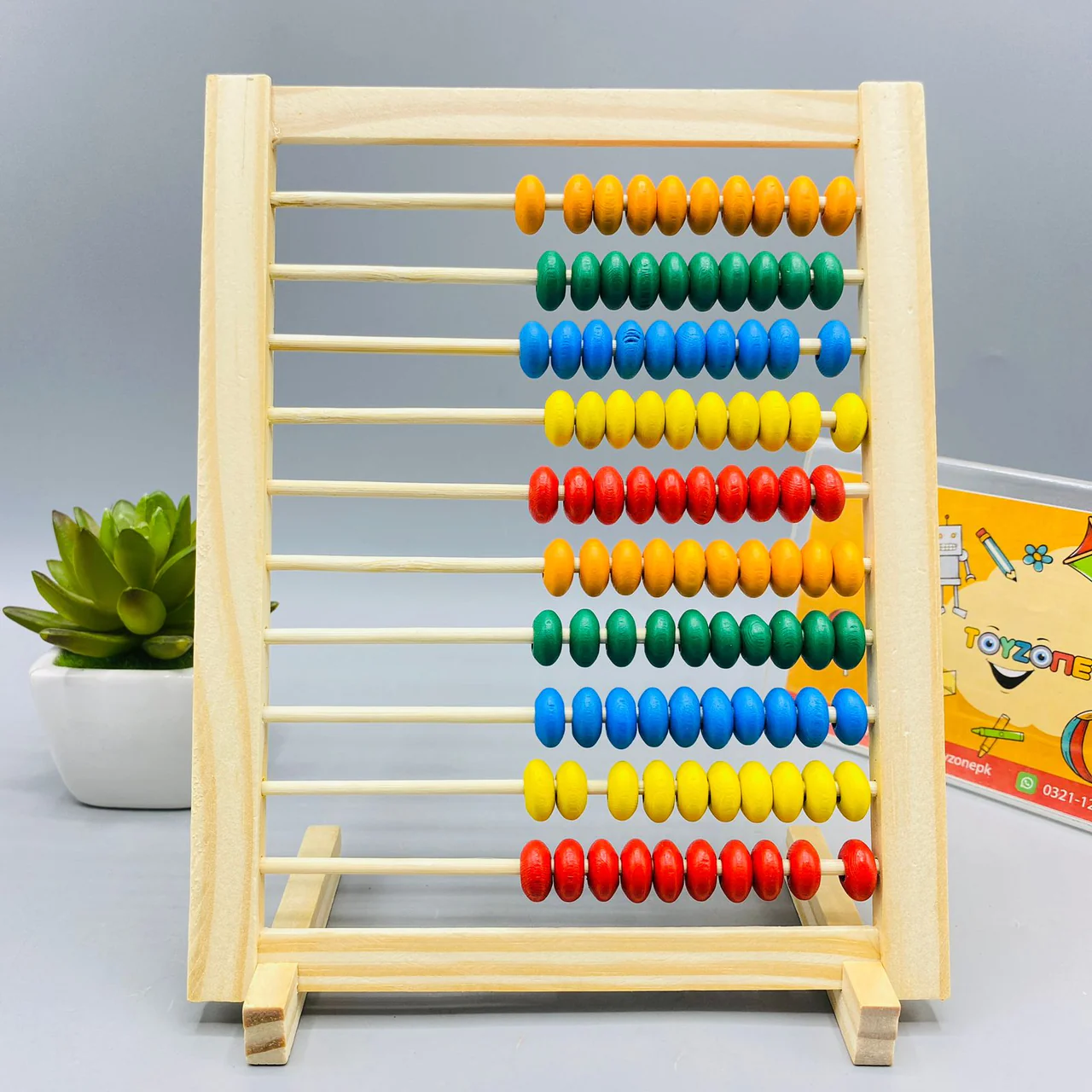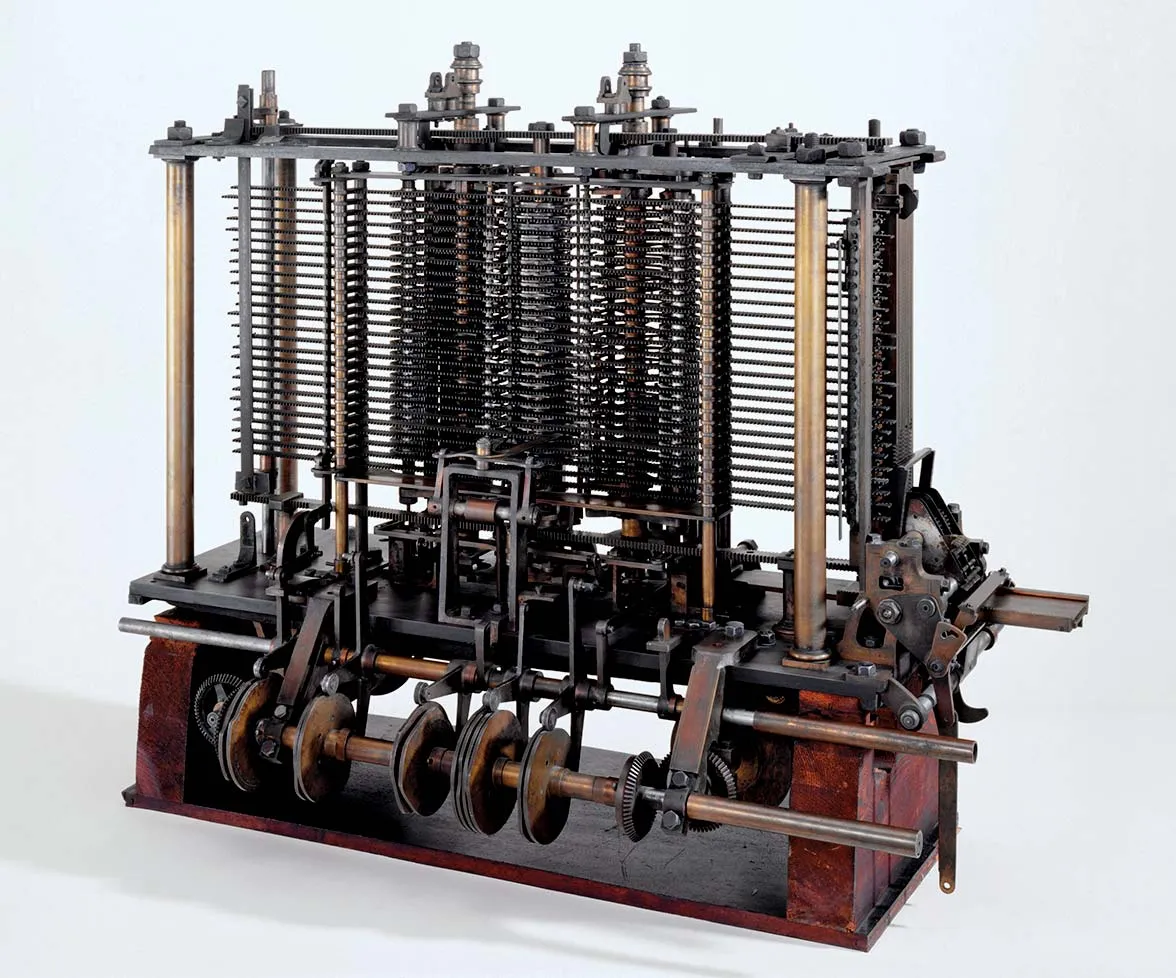The History of Computing
Computers
When we think of computers, sleek laptops and powerful desktops might come to mind. However, these modern devices are far removed from what was originally referred to by the term "computer."
A computer is fundamentally a device that performs calculations and processes data. Historically, "computer" referred to a person who performed mathematical calculations by hand. Understanding this evolution is key to appreciating current technology and anticipating future developments.
For example, have you ever questioned why the keyboard layout on your computer is the way it is? The "QWERTY" layout, where the most frequently used letters are not on the home row, has an interesting history with many theories explaining its design. Although not the most efficient layout, it remains the standard, despite the existence of alternatives like Dvorak and Colemak aimed at improving typing efficiency.
From Abacus to Analytical Engine
In today's world, smartphones and touchscreens are reshaping our interaction with technology, potentially changing the future of keyboards. To grasp these changes, it helps to look back at the origins of computing devices.
Have you heard of an abacus? Though it may resemble a child's toy, it's one of the earliest computing devices, invented around 500 BC for counting large numbers. Despite advancements like calculators, abacuses are still in use today, particularly in places where manual calculations are more feasible or traditional.

The Mechanical Leap
The 17th century saw a significant advance in computing with the invention of the mechanical calculator. This device used gears and levers to automatically perform basic arithmetic operations.
While it could only handle simple calculations like addition, subtraction, multiplication, and division, the mechanical calculator set the stage for more complex machines. The principles it introduced also influenced other areas, such as the textile industry.

Revolutionizing Fabric Production
Consider the pre-Industrial Revolution era when fabric production was labor-intensive. Creating patterns in fabric was particularly challenging, requiring much manual effort. In the 1800s, French weaver Joseph Jacquard changed this with his invention of the programmable loom.
The Jacquard loom could automatically weave intricate patterns using a series of punched cards to control the loom's movements. This mechanism allowed the loom to create complex designs efficiently. If the loom encountered a hole in the card, it would hook the thread; if not, it wouldn’t.
Jacquard's punch card system had a lasting impact, influencing early computers that used similar cards for programming. This innovation was crucial to the evolution of computing.

A Tale of Two Engines
In the early 19th century, Charles Babbage, a visionary engineer, developed machines that laid the groundwork for modern computers.
Babbage's first significant creation was the difference engine, which could perform more complex mathematical calculations than earlier devices. However, its capabilities were still limited.

Babbage, inspired by Jacquard's punch card system, then designed the Analytical Engine. This machine could be programmed to perform automatic calculations, marking the birth of the first general-purpose computer.

The Birth of Algorithms
In the mid-1800s, mathematician Ada Lovelace saw the true potential of Babbage's Analytical Engine. Unlike others who viewed it merely as a calculator, Lovelace understood it could do much more. She created the first algorithm for the Analytical Engine, making her the world's first computer programmer.
An algorithm is a sequence of steps designed to solve specific problems. Lovelace's insight that algorithms could be programmed into the Analytical Engine turned it into a general-purpose computing machine. Her contributions highlight the significant role women have played in the development of technology from its earliest days.